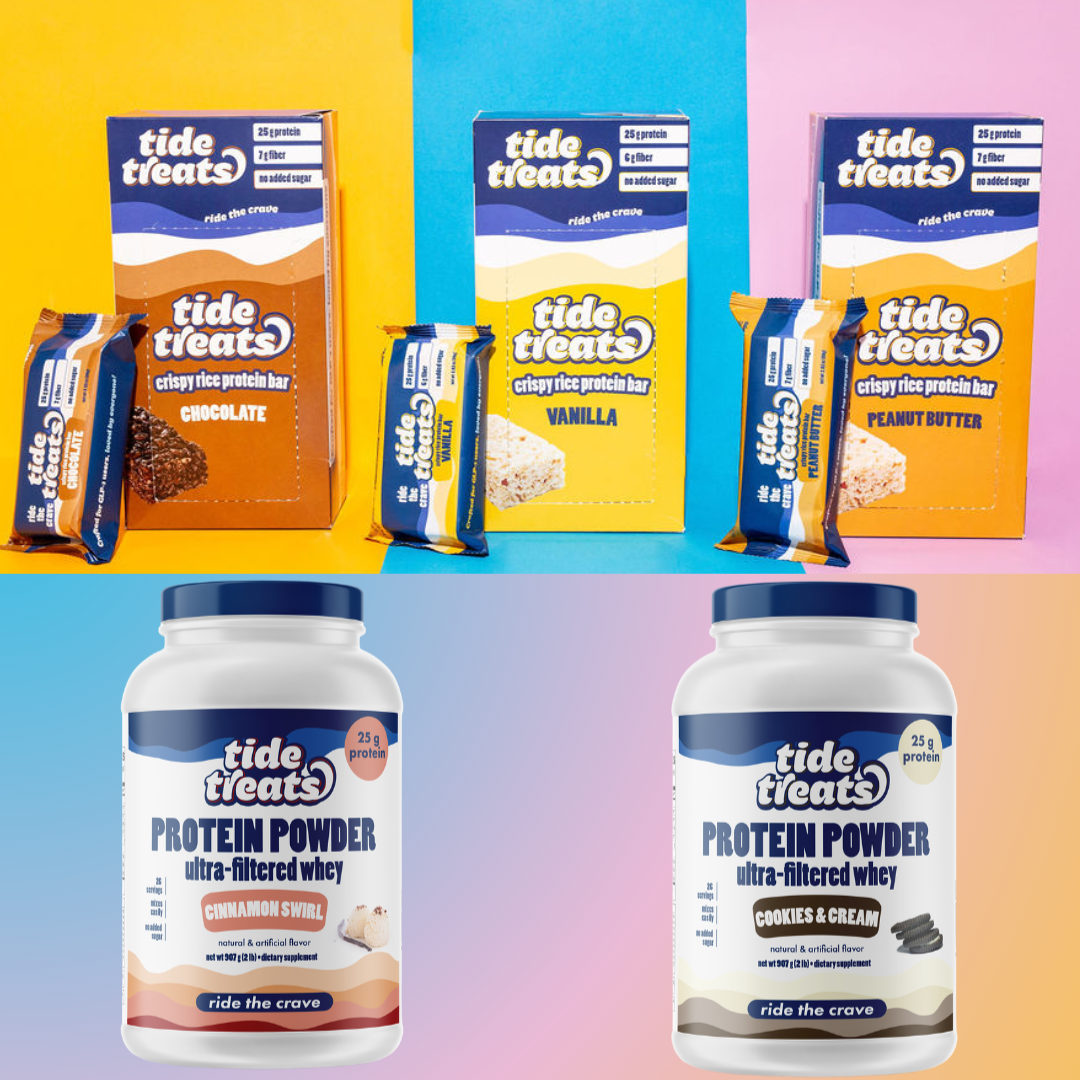Proper Nutrition on GLP-1
Losing Weight on GLP-1 Medication: Why Proper Nutrition is Essential
If you're taking a GLP-1 medication like semaglutide (Ozempic, Wegovy) or liraglutide (Saxenda, Victoza) for weight loss, congratulations on taking an important step towards improving your health. These glucagon-like peptide 1 (GLP-1) receptor agonists have been shown to be highly effective for shedding excess pounds in people with overweight or obesity. However, while these medications can significantly suppress appetite and increase feelings of fullness, leading to lower calorie intake and substantial weight loss, it's critical not to neglect proper nutrition in the process.
When you're eating less and losing weight, getting adequate protein and fiber becomes even more important. Here's why prioritizing protein and fiber is essential when losing weight on a GLP-1 medication and some tips for doing so.
The Critical Role of Protein
As you lose weight, you want to ensure you're losing mostly excess fat, not precious lean muscle mass. Lean muscle is key for maintaining a healthy metabolism, strength, mobility and overall vitality. When you cut calories, your body starts breaking down not just fat but also muscle for energy. Protein provides the building blocks needed to maintain your muscle.
Studies show that a higher protein intake can help preserve lean muscle during weight loss. Aim to get at least 25-30% of your calories from protein, or a minimum of 1.2 grams per kilogram (or 0.55 g per pound) of body weight per day. Good sources include:
- Lean meats like chicken, turkey, fish, and eggs
- Low-fat dairy like Greek yogurt, cottage cheese, skim milk
- Plant-based sources like tofu, tempeh, beans, lentils, nuts and seeds
- Protein shakes/bars if needed to meet requirements
Focus on Fiber for Gut Health
Another crucial nutrient when losing weight is dietary fiber. Fiber keeps your digestive system running smoothly and supports the beneficial bacteria in your gut. A thriving gut microbiome is linked to better weight control, reduced inflammation, enhanced immunity and improved overall health.
High fiber foods also tend to be filling and less calorie dense, making it easier to feel satisfied on fewer calories. While taking a GLP-1 medication, you may experience gastrointestinal side effects like nausea or constipation, especially during the first weeks. Getting plenty of fiber and fluids can help alleviate these issues.
Aim for at least 25-35 grams of fiber per day from sources like:
- Fruits, especially berries, apples, pears, oranges
- Vegetables, especially leafy greens, broccoli, carrots, beets, artichokes
- Legumes like beans, lentils, chickpeas
- Whole grains like oats, quinoa, brown rice, whole wheat
- Nuts and seeds like chia, flax, almonds, walnuts
Putting It All Together
In addition to prioritizing protein and fiber, be sure to eat plenty of colorful produce for vitamins, minerals and antioxidants. Choose healthy fats from sources like avocado, olive oil, nuts and fatty fish. Limit processed foods high in added sugars and unhealthy fats. Stay well hydrated with water, tea and other low-calorie beverages.
If you're struggling to meet your nutrition needs, consider working with a registered dietitian who can develop a personalized meal plan and provide guidance on using your GLP-1 medication effectively for weight loss while maintaining optimal health. With the right nutrition strategy to complement your medication, you'll be well on your way to a healthier weight and better overall wellness.


